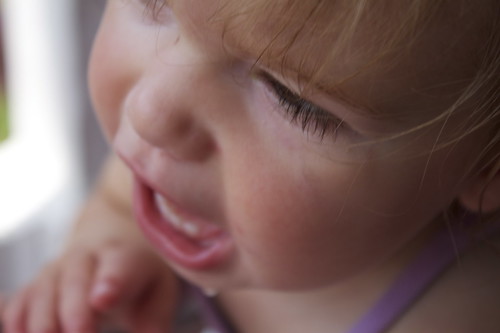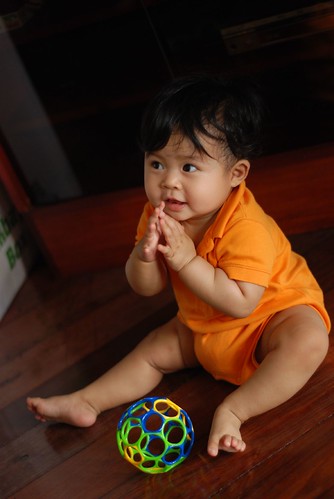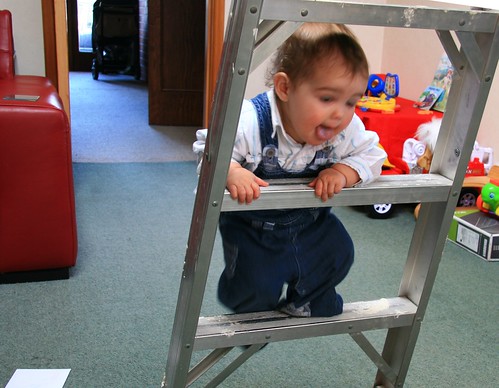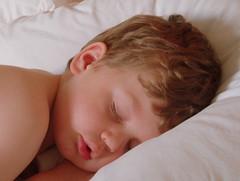Trends come and go. It seems to me parenting trends are established when some expert makes or highlights a “new finding ” in regard to infant development, the media picks up on it, and the marketing experts get to work publishing new books and developing new products for parents to buy, to support them in “helping their baby to develop optimally.”
It is my opinion, backed up by some solid research and experience, that most of these trends prey on a parent’s fear, and don’t do anything to help a baby develop optimally – in fact, in some cases they may do more harm than good.
Here are some current trends that I wish would go. You can be sure I’ll have more to say in upcoming posts about all of these trends, and why I think caution is advised before adopting any of them, but for now I just want to list the trends that most alarm/offend me!
1) Tummy Time for babies who can’t yet roll onto their tummies by themselves.
2) Baby Einstein Anything
3) Sign Language for babies who are not hearing impaired, or don’t have hearing impaired parents.
4) Elimination Communication. Count yourself lucky if you don’t know what this is. Trust me, you’re not missing anything!
5) Doctor Harvey Karp, swaddling, and “toddlerese”.
Here you have my top five pet peeves when it comes to parenting. You realize of course, this list could change tomorrow should a new, more offensive trend pop up between now and then. It’s possible you know, because trends come and go all the time !












